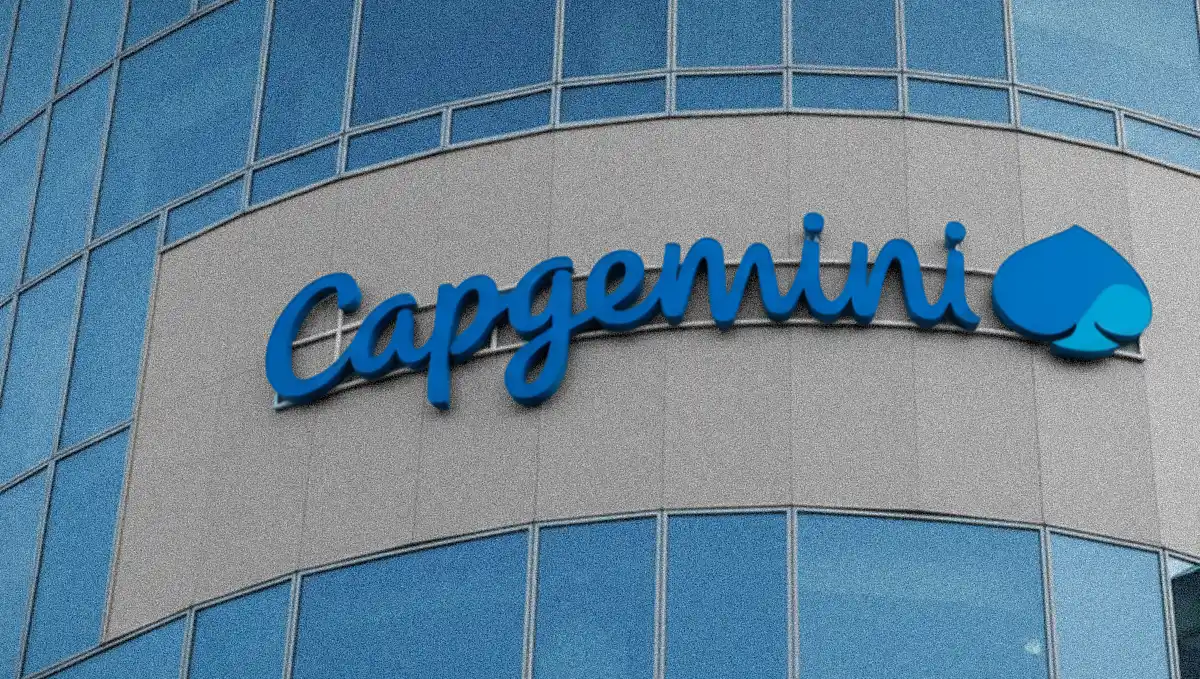History shows a familiar pattern: societies prioritize speed and innovation, often at the expense of long-term consequences. Today, that same dynamic is playing out at an unprecedented velocity in the global race for artificial intelligence dominance. But this "dominance-first" strategy creates tension, forcing a choice between winning the race and building the guardrails needed to prevent catastrophic, long-term harm.
We spoke with Stefan Boehmer, a former CFO of Körber Supply Chain and Siemens executive, and current investor and advisor at Graphio.ai. Drawing on decades of experience driving digital transformation and managing high-stakes divestitures, he argued that the next 18 months will be decisive, not just for corporate strategy, but for the global economic order.
"AI will change the way we work, the way we live, and that we will see in the next two to three years," Boehmer said. "Moore's law is dead. We don't talk about years; we talk about months or weeks sometimes. And if you look at jobs in the past, automation was blue-collar. AI is white-collar. Knowledge goes towards zero value because you cannot have more knowledge than AI. So the differentiator is relationships, understanding of the overall concept, orchestrating the setup. It's creating a story, not just data. The requirements will change. And that's probably the biggest shift since the steam engine. It's huge."
A race against time: Boehmer’s philosophy is built on a stark assessment of the current moment, where the urgent need for geopolitical victory clashes with the irreversible risks of an unregulated AI landscape. "The next 18 months will define who will dominate the world," Boehmer stated. "If 80% of the companies use U.S.-based AI, the U.S. will lead the world. But if it's the other way around and China becomes dominant, there will be a significant impact to our economy and to our people."
The historical parallel: This urgency, however, comes with a familiar danger. "Focusing on AI and pushing on AI without guardrails is dangerous, can be misused, and we will see the fallout for decades to come," he warned. The lesson from history is clear: when innovation races ahead without restraint, the costs are always paid later, and often by those least prepared to bear them.
This race explains the federal government's aggressive posture, which Boehmer sees as a direct attempt to secure a lead in a contest where the U.S. is "currently about three to six months ahead of China." With its sweeping AI Action Plan, the administration is aiming for pole position. Yet this top-down push for speed is being met with a bottom-up movement for caution, led by the states.
A state-level counterweight: "It's not just about America; we want to win the race against China, and it's also about what Europe is doing," Boehmer noted. "European companies, with their strict guidelines, need protection, need a safety net. If we want to be successful, we have to consider that. And I believe many states are going in the right direction."
The delegation of regulatory power from the federal government to the states creates a new and complex challenge for businesses operating nationwide. Boehmer highlighted the resulting chaos by drawing a parallel to the auto industry, where California’s stringent environmental standards create a single, high bar for all manufacturers to clear. "On the AI side, we don't have that," he explained. "We still have a lot of competing states, and it's difficult to keep the overview, to understand what to consider and what not to do."
No time for inaction: For corporate leaders, this fragmentation means a "wait-and-see" approach is no longer an option. The market pressure to innovate is immense, forcing companies to act decisively even in the face of regulatory uncertainty. "Companies missed the first wave of AI. When ChatGPT went public and that gold rush started, companies were surprised and shocked," Boehmer said. "Now they're in a stage where they can't afford for that to happen again, because the stock market and shareholders wouldn't accept it if companies were to get blindsided twice."
The irreversible risk: The only viable path forward, he argued, is for companies to create their own strict, internal guardrails before it's too late. "Once the cat is out of the bag, you can't get it back in. The risk of damage later on is too big."
It's a transformation that requires collaborative and proactive leadership. Boehmer observed that the most effective governance models are emerging not from top-down mandates, but from a partnership between government and industry. In places like Texas, the push for regulation is coming from businesses themselves.
Industry-led governance: "You have many industry representatives asking for these guidelines because they see the risk, and there are discussions between government and industries," he said. "That's a big advantage because companies see it as a possible competitive advantage. They understand it needs to be structured somewhere."
This shift toward self-governance is not just a defensive measure; it is a strategic one. Boehmer contended that, far from being a brake on progress, ethical governance can be a powerful force multiplier. He likened the current moment to the rise of sustainability, which evolved from a niche concern into a core driver of brand reputation and talent acquisition.
The new sustainability: "Companies have to be sustainable to attract employees and to attract customers," he reflected. "And most international companies need to consider not just the U.S.; they need to consider Europe, they need to consider Asia. And especially in Europe, AI governance is critical and required. So yes, I believe it can be a market advantage."









